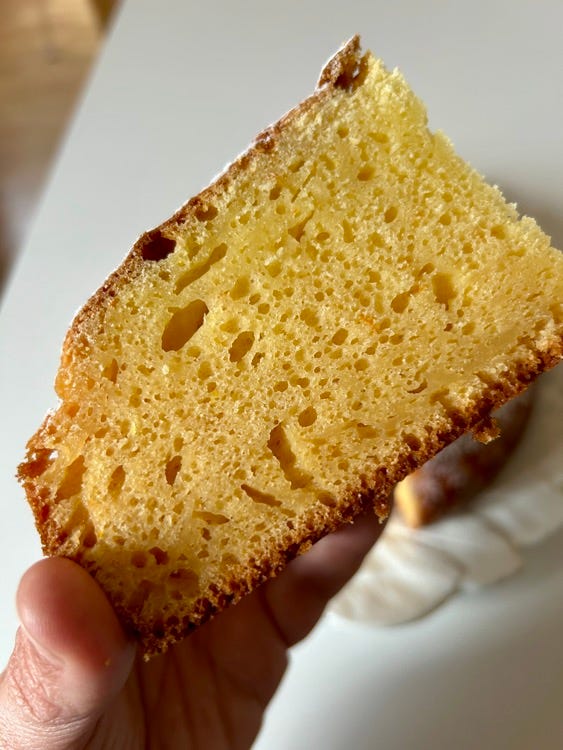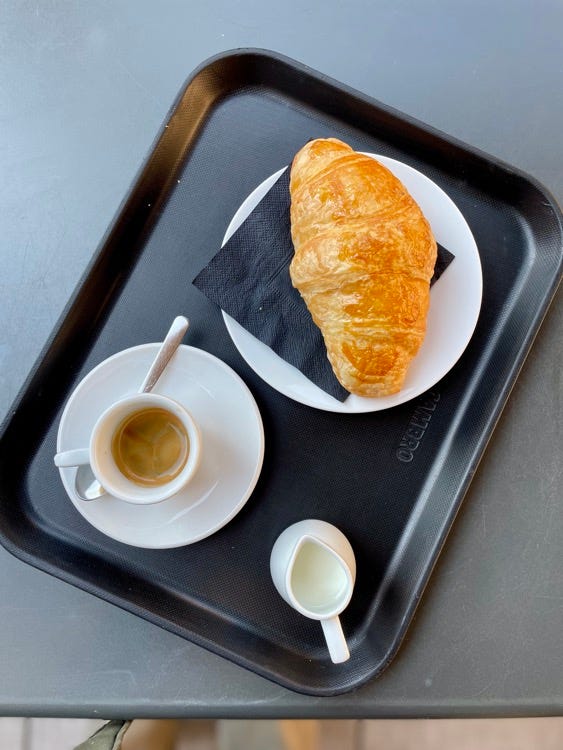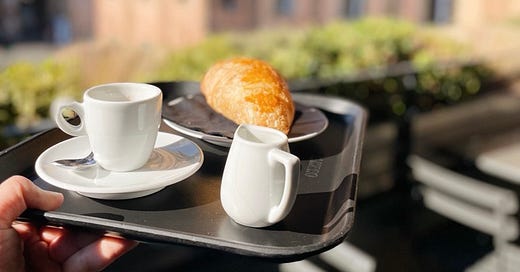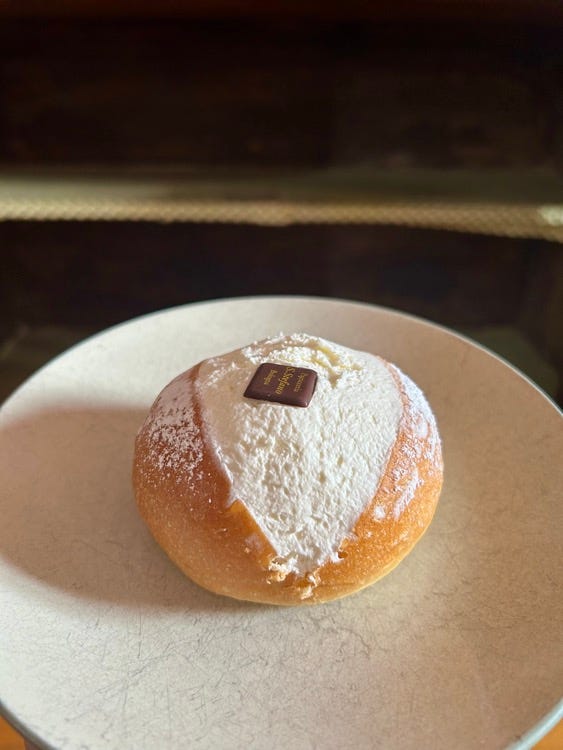Do you have breakfast?
For many years, for me, the expression to have breakfast meant walking into the first bar under my house, gobbling an espresso, rushing to university, and, later, to work.
The COVID changed my habits. The long days spent at home during social distancing began with breakfast, and something happened there. Besides becoming permanent, this new custom was also an opportunity to explore my tastes.
Tell me your preferred breakfast; I would like to read it in your comments. Other people's tastes and stories are two flavors I never tire of.
This is my daily menù. First, I have to make a premise. I am part of the minority of Italians who prefer a savory breakfast. And, do I say it? Yes, I say it. I don't drink coffee of the coffee pot. About the coffee pot, I love the object that everyone calls Moka (created by Alfonso Bialetti in 1933). I also love filling it and hearing the noise announcing the coffee is ready. Stop.
For a few years now, and after several trials, I have been having breakfast at home with two slices of toasted bread seasoned with olive oil, double espresso coffee macchiato with cold milk. On weekends, I sometimes add a slice of ham to the bread or indulge in a mid-morning breakfast at the bar.

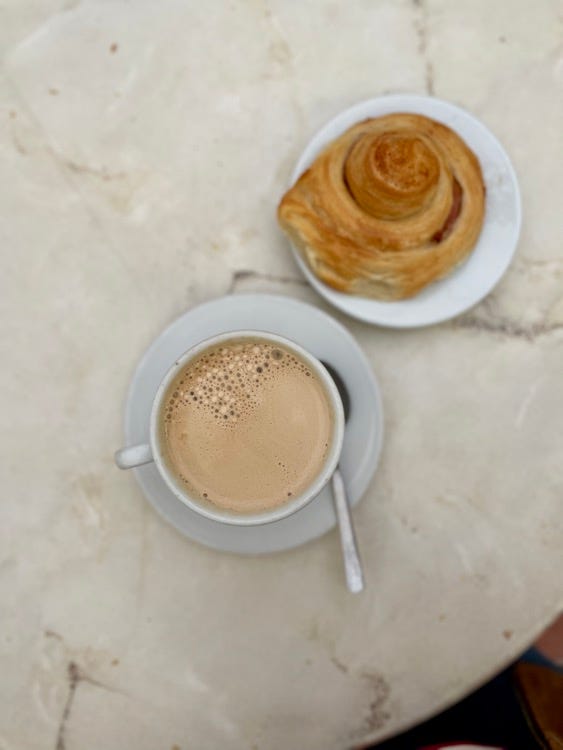
Gastronomic history tells us that breakfast is a national label that distinguishes different European peoples - at least in the recent past. Generalizing, I could say that buttery croissants speak French, baked beans English, sausages German, and scrambled eggs, which speak many languages, arrived in America and generated a kind of addiction (Mexico and the U.S. are the world's leading consumers of eggs, did you know?).
What about Italy?
The gaze of others is always an occasion for reflection. In this regard, I found an interesting passage by Stanley Tucci on the Italian breakfast. Read what he wrote in Taste. My life through food, (2021).
Italians do not have a big breakfast culture. They don't eat eggs and meats like most of Europe, England, and America first thing in the morning. They have espresso or cappuccino, but they prefer something sweet rather than savoury to start their day. The morning coffee will most likely be accompanied by a cornetto (a sweet croissant) or a palmier. In Rome, pastries overflowing with obscene amounts of whipped cream or deep-fried cream-filled sugared doughnut-like sweets are often eaten. In Sicily, a brioche bun split open and filled with gobs of gelato is what passes for breakfast. I have tried all of them, and as I don't really have a sweet tooth or a death wish, I find them all rather unappetizing, especially first thing in the morning.
Many tourists are indeed overwhelmed by the quantity of sweet pastries that crowd the windows of our bars. That is true. However, another true fact is that most Italians have breakfast at home, and even if it is a sweet breakfast, it is a healthy and small meal. Furthermore, even those who have breakfast at the bar prefer a quick breakfast, usually brioches or cornetto and cappuccino or coffee.
If Tucci had taken a closer look at the people sitting at cafe tables intent on consuming extra-large brioches overflowing with pistachio cream - a new treat, especially for travelers from abroad -, he would have seen many tourists. The maritozzo and brioche with gelato or brioche with coffee granita breakfast is an old pattern, belonging to a low percentage of working-age Italians.
I wouldn't have written that Italians lack a great breakfast culture because we don't eat fried eggs and sausages in the morning. These are differences related to different eating habits and climates. Besides, can we talk about a cultural gap based on maritozzo and baked beans? If, as he writes, you don't have a death wish, I would avoid sausages, bacon, and fried eggs in addition to the maritozzo and so on.
In the end, I doubt everyone abroad eats breakfast this way every day. I am afraid generalizations do not do justice, ever. If I am wrong, please correct me. Anyway, I loved the Tucci’s book.


